Dude's team killing! Kick him!
We have a parcel room.
They don't use it half the time.
Same thing happened to me.
I ordered an expensive instrument, and they said it'd be delivered the week after Thanksgiving.
Got an email that it was delivered to my porch the day after Thanksgiving, when I was all the way across town.
I didn't want to leave a $1,300 lute on my doorstep for anyone to snatch, so I drove the hour home to secure it. It wasn't there after all, so I installed their stupid app and it told me it would be delivered next week.
One of the worst buying experiences I've ever had. 1/10, would not recommend.
As an ideology, reactionism is a tradition in right-wing politics; the reactionary stance opposes policies for the social transformation of society. In popular usage, reactionary refers to a strong traditionalist conservative political perspective of a person opposed to social, political, and economic change.
All too normal, unfortunately, but I take your meaning: they're a minority who seek power by drumming up hatred for the vulnerable. Solidarity is the only answer, and it's why they seek to divide us.
I'm sure the reactionaries will be just as mad at her as they were at Jussie Smollett, because they are thoughtful people with strong principles.
There was a book called The Ministry for the Future in which eco-terrorists used these drones to enforce fuel efficiency standards on shipping freighters.
It's a very interesting book about taking the world back from billionaires who would ruin it to enrich themselves.
You exonerated a fascist because your goals were aligned. You don't get to cry about what other people did when you signaled that he was in the club.
The guy attacked the place where you work with violent intent and you just shrugged because you hoped the Dems would take out the trash for you.
Once again the Party of Personal Responsibility expects other people to wipe their ass and flush for them. Go fuck yourself, McConnell.
Need to go candelabra style with them all attached at the base.
What is your budget?
Fucking insane that SCOTUS let this criminal blowhard run again in defiance of the constitution.
The whole idea of parading suspects in front of the media is a mockery of the principle.
Fuck the NYPD.
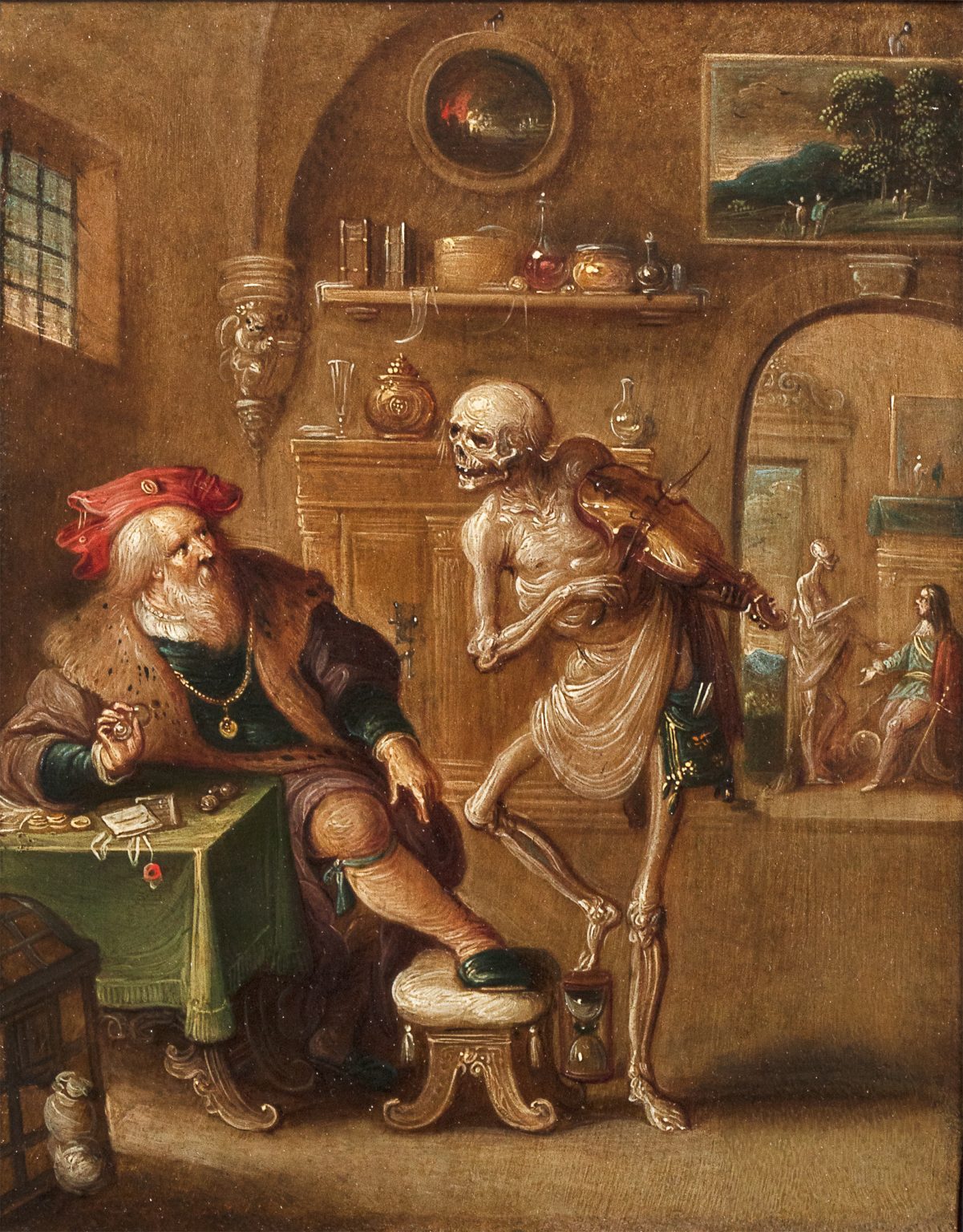
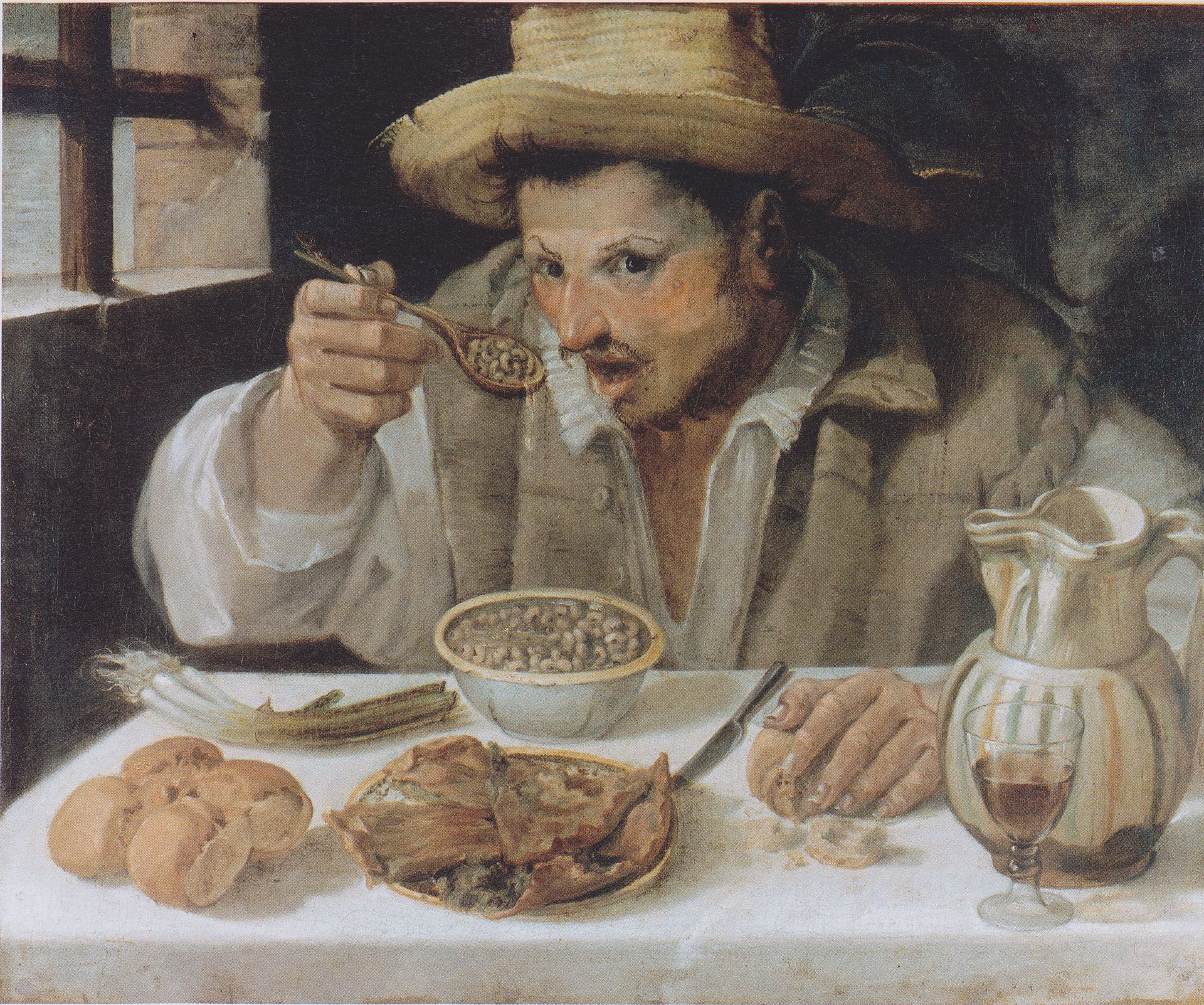

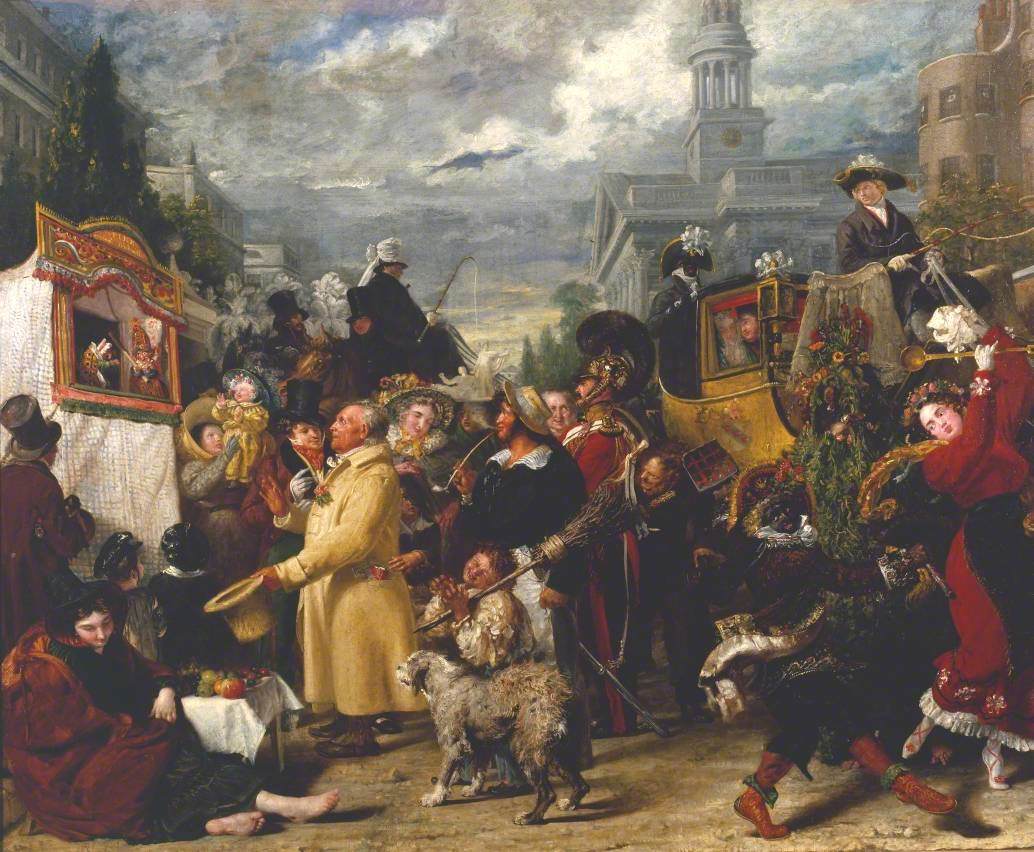
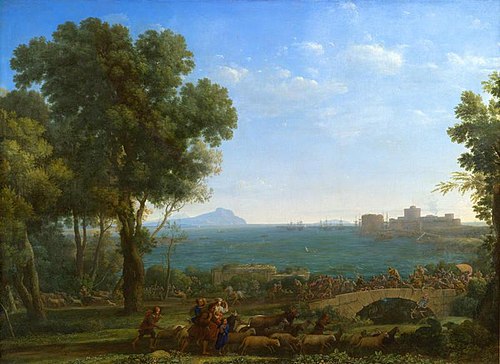
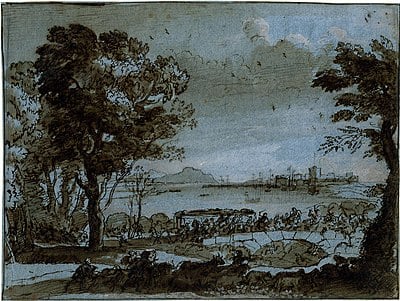

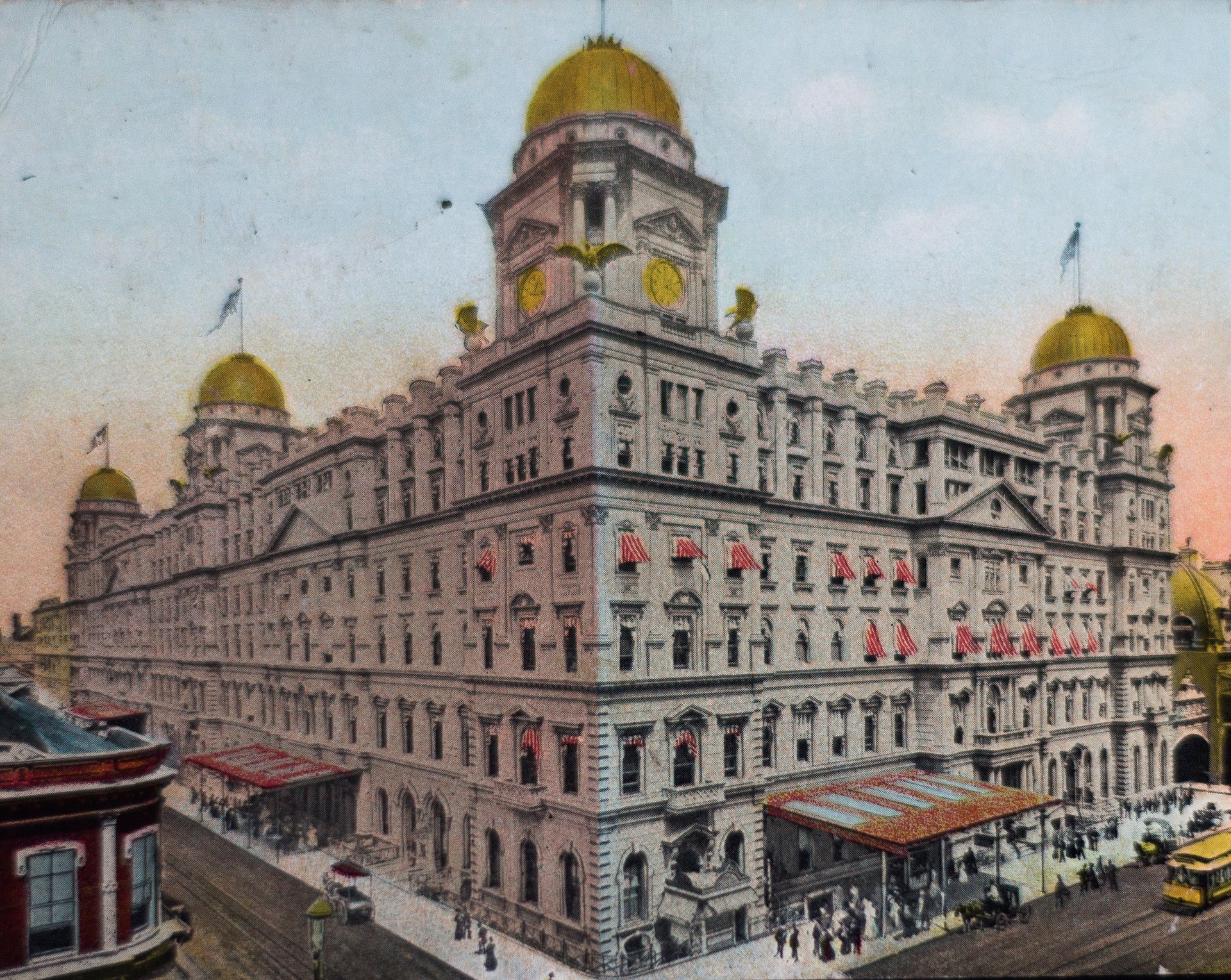
I would have if I expected it to be delivered. It wasn't supposed to be there for another week, hence my surprise.